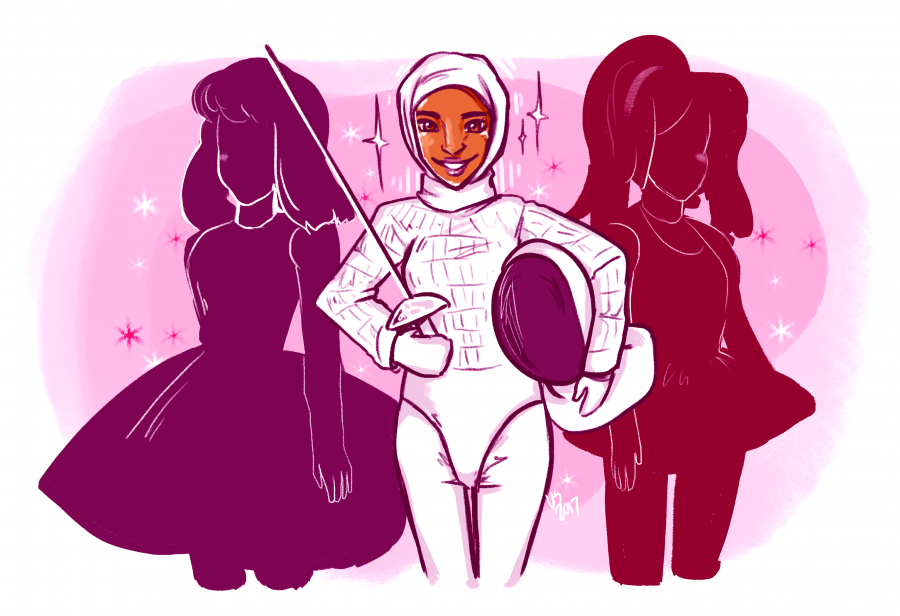Barbie is in the early stages of a much needed makeover. Traditional Barbies have been white and frighteningly thin, but Mattel has used the past couple years to make their offerings more diverse — releasing dolls with a wider range of skin tones, body types, cultural backgrounds and occupations. Last week, Mattel introduced the first Barbie to wear a hijab, modeled after Ibtihaj Muhammad, an American fencer who took home Olympic bronze in 2016.
This is a laudable step toward diversity in our toy aisles, but we must continue to produce and purchase kids’ toys that reflect the inclusion we want to promote in our society. If we’re conscious, we can ensure our toys don’t pass on harmful stereotypes to our children. Instead, they can function positively and empower children of all races, body types, cultures and genders to create stories with figures they identify with.
There’s a lot of power in kids’ toys. In the 1990s, sociologists wrote papers about toys as agents of political socialization that introduce kids to the “dominant conceptions of ‘appropriate’ social identities.” They can and have been used to reinforce harmful gender stereotypes and the dominance of white representation in the American marketplace.
Boys and girls are taught their place in the gender divide very young with toys split by colors and type. While boys get cars, superheroes and the color blue, girls get baby dolls, princesses and pink. The clear divisions in the toy aisle can dissuade young boys and girls from pursuing diverse interests and affect occupational aspirations.
Further, children of color have had issues searching toy aisles for figures they can see themselves in, coming face-to-face with shelves of white action-heroes and princesses. Lack of representation in toys could contribute to self-esteem issues for kids of color who are forced to grapple with the prevalence of white beauty standards at a young age.
How do you take all of this into account when buying toys for kids? Hara Cootes, the director of UT’s Child Development Center, says she makes an effort to buy toys for the classrooms that reflect the diversity of their students and promote gender equality. “We want to empower girls to do whatever they want to do, just like we want to empower boys to do whatever they want to do.” For Cootes, empowering her students to be whoever they want means buying dress-up clothes for both girls and boys, purchasing toys in gender-neutral colors and finding dolls with a range of skin colors and occupations that extend outside traditional female care roles. Parents and teachers should look to Cootes as a model for how to intentionally choose toys that promote inclusivity and freedom for the next generation.
I hope that we who have a hand in shaping future generations eschew damaging stereotypes. Toys are the tools children use to act out their future and try out their dreams jobs of going to space or building skyscrapers or becoming president. Kids should be able to act out their future moon landing or groundbreaking or presidential address with toys that look like them. Freeing the realm of play-pretend from oppressive ideas on race and gender is essential, especially if we want those same freedoms for our future and theirs.
Doan is a Plan II and English junior from Fort Worth. Follow her on Twitter @ledoan17.





















